By Patt Gregory
I’ve been teaching traditional woodwork, mostly to women, for the past thirteen years. My main aim is to equip students with foundational woodworking skills using both hand and power tools. This enables them to design and make their own furniture, chicken runs, decks or whatever they want. This has worked out pretty well for years and years.
Then I discovered the Kreg® Pocket Hole Jig. Oh dear, what a dilemma I faced! Here’s a strong and fast way to join wood. Do I keep this secret, or share it with my students?
My beginner’s workshops are more ‘journey’ or process oriented, but as the students progress into more advanced courses, they become more project oriented. Students choose what they want to make. This can include; daybeds, tables, desks and so on.
Some of the traditional joints we use in the classes are the housing joint, the rebate joint, the mortise and tenon and of course dovetails – all by hand first and then with power tools and machines.
How can I tell them that there’s an effort-saving jig that’s simple to set up and use, is inexpensive, extremely strong and is also an insanely fast way to join wood? All they need to be able to do is saw straight and use a drill.
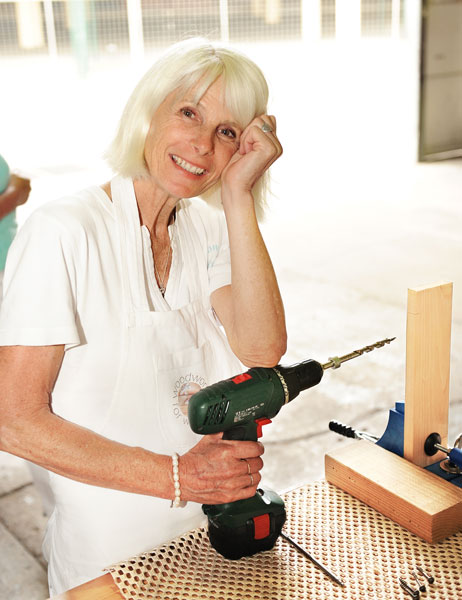
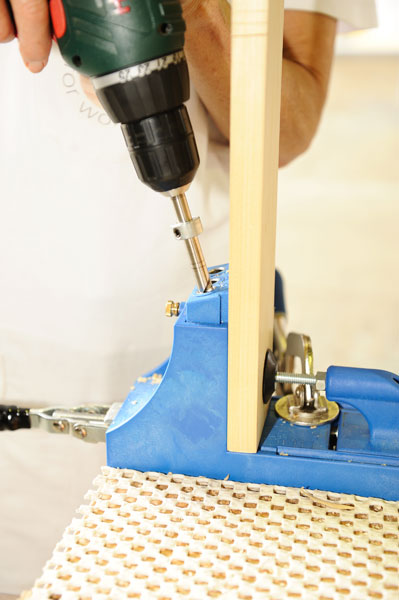
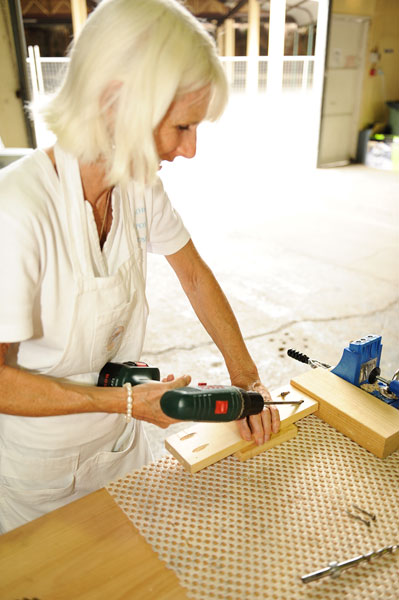
My love affair with the Kreg® Jig started at the Brisbane Timber and Working With Wood Show over ten years ago. The applications seemed endless and over the years the jig paid for itself by miles in both time and effort. I was able to make storage boxes and work tables for my workshop. I’ve also used it on some recycled woods that weren’t worth the energy of the fancy joints. I found I could also make prototypes easily and when no longer needed I could dismantle them later and use the wood for something else.
I have now treated myself to the Kreg® K4 Master system, the ‘deluxe’ version. It’s a pleasure and a breeze to use. The markings that give you your settings for different timber thicknesses are very easily read. The screws have instant and effective holding power. That means fewer clamps and less waiting time for the glue to dry.
Once my students have learned those finer points of joint making, I now show them this clever jig and they are very impressed. One student, Vanessa, carefully made four mortise and tenons to construct her kitchen cupboard door in class. On the last day I showed her my Kreg® Jig, she promptly ordered one from Carbatec and was able to make the rest of her 6 kitchen cupboards at home using the jig, easily and in no time.
There is material to make furniture from everywhere. One of my favourite pieces is made from an old packing pallet and put together with my Kreg K4 Jig.
I found some deliciously golden Victorian Ash buried underneath layers of blue paint and imbedded gravel and years of dirt on an old pallet. There was just enough wood to make a coffee table. I used the wood from the bearers of the pallet for the legs but it was so full of nails I couldn’t plane it, so I just wire brushed it to achieve a really interesting rustic finish.
Even though the legs weren’t perfectly square I was able to join the four rails to the legs using the kreg Jig. To the naked eye the table looks square and is enormously stable.
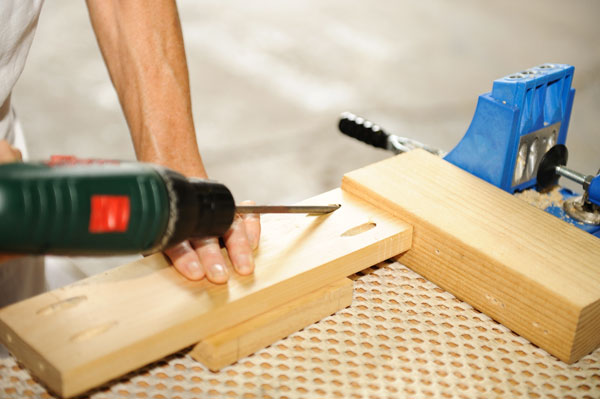
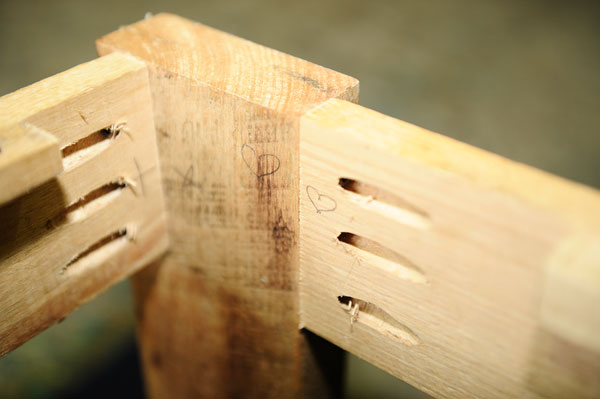
Last year this table traveled with me to all of the Timber and Working with Wood Shows throughout Australia. I was demonstrating hand tool skills. I showed the pallet coffee table as a great example of recycling. The table was never glued and has stayed together without any problems throughout all of its journeys, including bobbing about on the back of several trucks, in cars and even in aircraft holds. I now use this lovely coffee table in my lounge room.
There’s heaps of pleasure and pride involved in hand making traditional joints, but when time and resources are a premium, I turn to my beloved Kreg® jig every time.